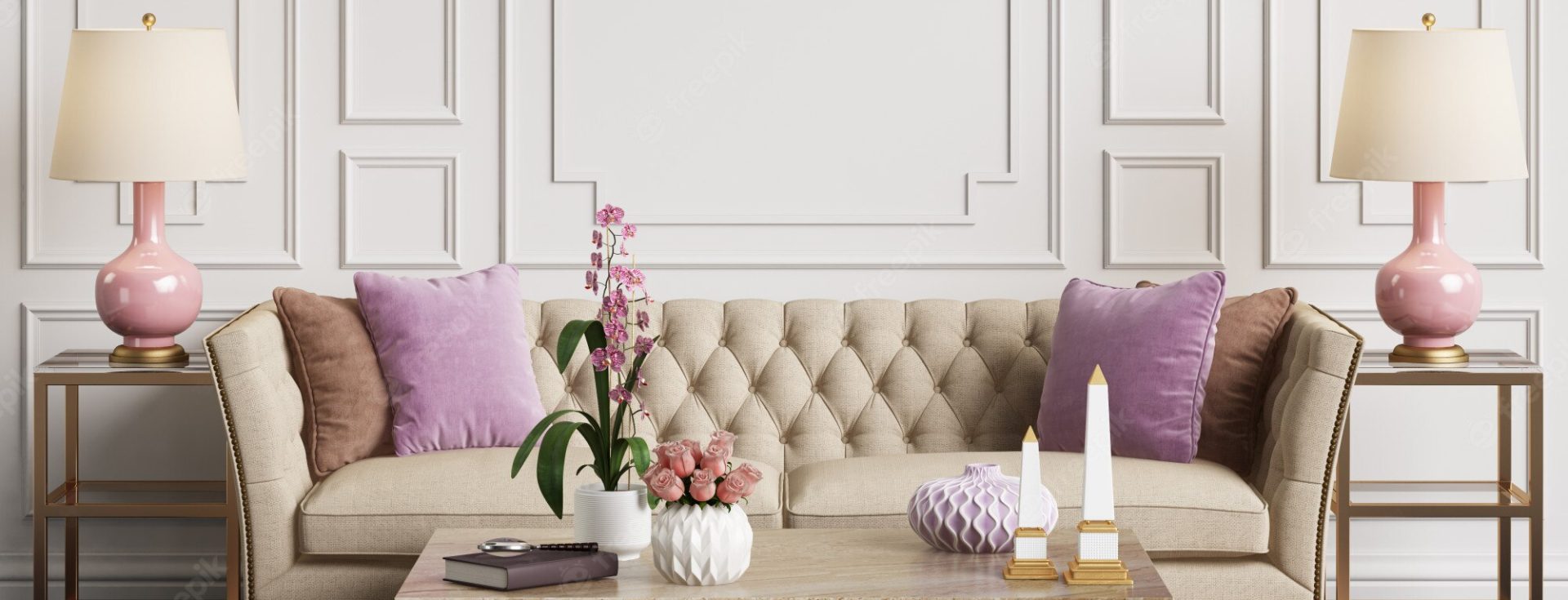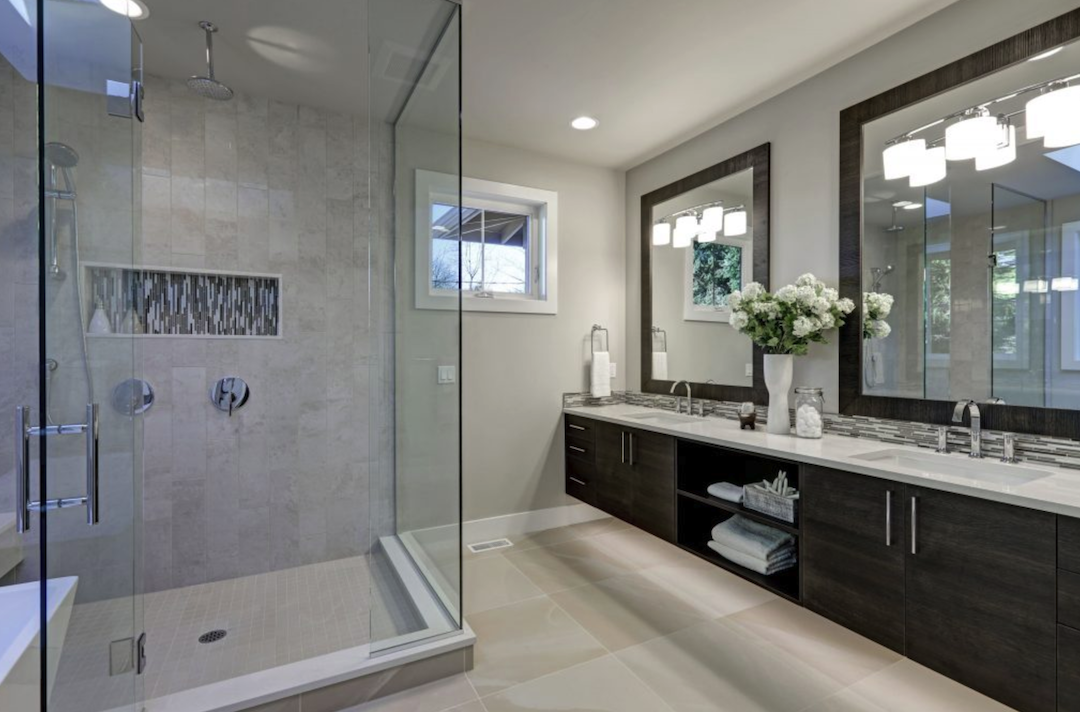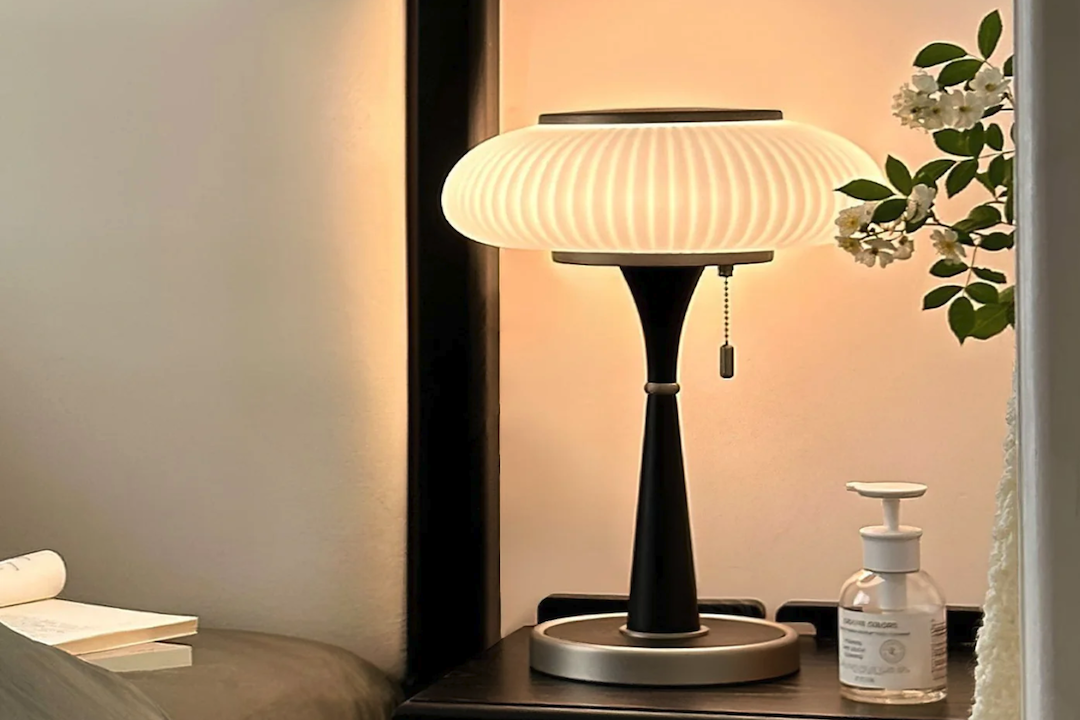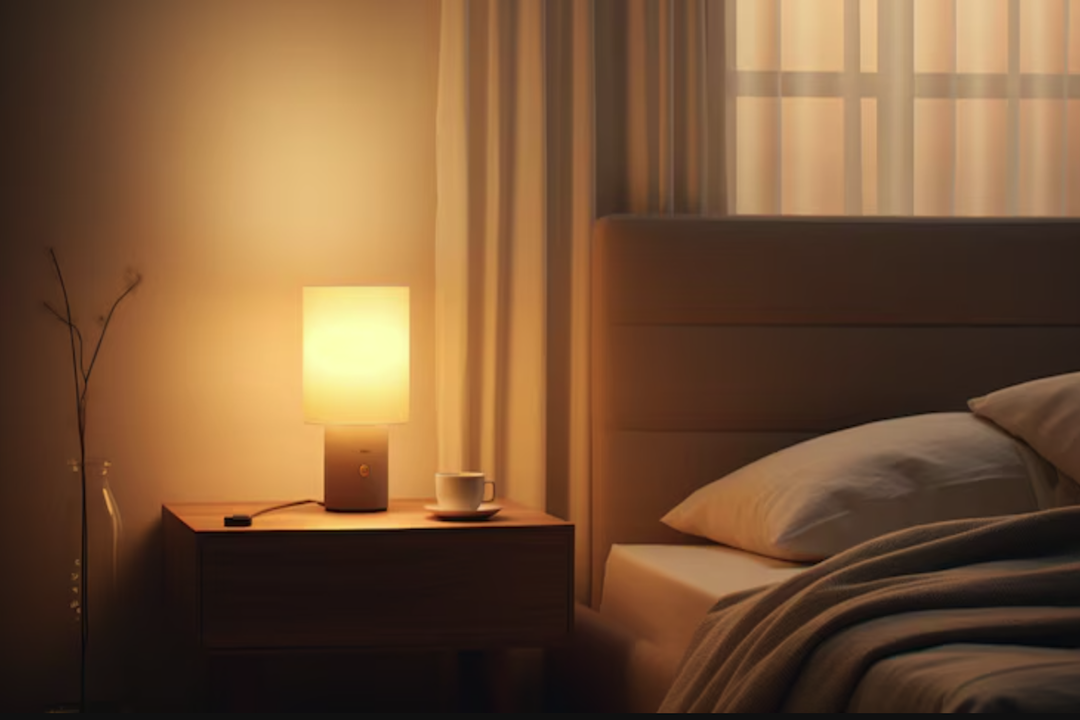Waterproof downlights have emerged as a vital component in modern bathroom design, combining functionality with aesthetic appeal. These specialized lighting fixtures are engineered to withstand the unique challenges posed by high humidity and moisture-rich environments, making them an ideal choice for spaces like bathrooms where traditional lighting may falter. The evolution of waterproof downlights has been driven by advancements in technology and a growing awareness of the importance of safety and energy efficiency in home lighting solutions.
The significance of waterproof downlights extends beyond mere protection against water damage; they also play a crucial role in enhancing the overall ambiance of a bathroom. With the right waterproof downlights Yibil , homeowners can create a serene and inviting atmosphere, transforming a utilitarian space into a personal sanctuary. As we delve deeper into the benefits, considerations, and types of waterproof downlights, it becomes clear that these fixtures are not just practical necessities but also essential elements of contemporary bathroom aesthetics.
Benefits of Using Waterproof Downlights in the Bathroom
Safety in Moisture-Prone Areas
One of the primary advantages of waterproof downlights is their ability to provide safe illumination in areas prone to moisture. Bathrooms are often filled with steam from hot showers or splashes from sinks, which can lead to electrical hazards if standard lighting fixtures are used. Waterproof downlights are designed with sealed enclosures that prevent moisture ingress, ensuring that the electrical components remain protected and functional over time.
Versatility in Design and Functionality
In addition to safety, waterproof downlights offer versatility in design and functionality. They come in various styles, sizes, and color temperatures, allowing homeowners to customize their bathroom lighting according to personal preferences and design themes. Whether one desires a warm, inviting glow for relaxation or bright, white light for grooming tasks, waterproof downlights can cater to these needs effectively.
Energy Efficiency and Long-Term Benefits
Furthermore, many models are energy-efficient, utilizing LED technology that not only reduces electricity consumption but also has a longer lifespan compared to traditional incandescent bulbs. This combination of safety, versatility, and energy efficiency makes waterproof downlights an attractive option for any bathroom renovation or new construction project.
Factors to Consider When Choosing Waterproof Downlights
When selecting waterproof downlights for a bathroom, several critical factors must be taken into account to ensure optimal performance and satisfaction. First and foremost is the IP rating, which indicates the level of protection against dust and moisture. For bathrooms, an IP rating of at least IP65 is recommended, as this rating signifies that the fixture is protected against water jets from any direction and is dust-tight.
Understanding these ratings helps homeowners make informed decisions about which fixtures will best withstand the conditions present in their bathrooms. Another important consideration is the brightness and color temperature of the downlights. Measured in lumens, brightness can significantly impact the functionality of a bathroom space.
A well-lit bathroom is essential for tasks such as shaving or applying makeup, so selecting downlights with adequate lumens is crucial. Additionally, color temperature—measured in Kelvin—affects the ambiance of the room. Warmer tones (around 2700K) create a cozy atmosphere, while cooler tones (above 4000K) provide a more clinical feel.
Homeowners should assess their specific needs and preferences when choosing the right brightness and color temperature for their waterproof downlights.
Installation and Maintenance of Waterproof Downlights
The installation process for waterproof downlights can vary depending on the specific model and the existing electrical setup in the bathroom. Generally, it is advisable to consult with a licensed electrician to ensure that the installation adheres to local building codes and safety standards. The installation typically involves cutting appropriate holes in the ceiling for recessed fixtures or mounting surface-mounted lights securely.
Proper wiring is essential; waterproof downlights should be connected to circuits that are designed for wet locations to prevent any risk of electrical failure. Maintenance of waterproof downlights is relatively straightforward but essential for ensuring longevity and optimal performance. Regular cleaning is necessary to remove dust and grime that can accumulate on the fixtures over time.
Homeowners should use a soft cloth and mild cleaning solution to avoid damaging any protective coatings. Additionally, it’s wise to periodically check for any signs of wear or damage, particularly around seals and gaskets that protect against moisture ingress. If any issues are detected, such as flickering lights or water stains around the fixture, it may be time to consult a professional for repairs or replacements.
Different Types of Waterproof Downlights Available
The market offers a diverse range of waterproof downlights tailored to meet various aesthetic preferences and functional requirements. Recessed downlights are among the most popular choices; they are installed into the ceiling, providing a sleek and unobtrusive look while effectively illuminating the space below. These fixtures can be found in various sizes and styles, allowing homeowners to select options that best fit their bathroom design.
Surface-mounted waterproof downlights are another viable option, particularly in bathrooms with lower ceilings where recessed lighting may not be feasible. These fixtures are mounted directly onto the ceiling or wall and can serve as both task lighting and decorative elements. Additionally, adjustable or swivel downlights allow for directional lighting, enabling users to focus light on specific areas such as mirrors or shower stalls.
Each type of waterproof downlight has its unique advantages, making it essential for homeowners to consider their specific needs when making a selection.
How Waterproof Downlights Enhance Bathroom Illumination
Improved Functionality and Aesthetics
The ability to direct light precisely where it is needed, such as over sinks or vanities, ensures that users have adequate visibility for grooming tasks like shaving or applying makeup. This targeted approach not only improves functionality but also contributes to a more polished overall appearance in the bathroom.
Layered Lighting Designs
Waterproof downlights can be integrated into layered lighting designs that combine ambient, task, and accent lighting. Ambient lighting provides general illumination throughout the space, while task lighting focuses on specific areas where activities occur. Accent lighting can highlight architectural features or decorative elements within the bathroom.
Enhancing Usability and Aesthetic Appeal
By strategically placing waterproof downlights within this layered approach, homeowners can create a dynamic lighting scheme that enhances both usability and aesthetic appeal.
Tips for Proper Placement of Waterproof Downlights in the Bathroom
Proper placement of waterproof downlights is crucial for achieving optimal illumination while maintaining safety standards in the bathroom environment. One key guideline is to avoid placing lights directly above bathtubs or showers unless they are specifically rated for such locations. Instead, positioning lights around these areas can provide sufficient illumination without compromising safety.
For instance, placing downlights along the perimeter of the bathroom can create an inviting glow while keeping direct light away from water sources. Another important consideration is the height at which downlights are installed. Ideally, they should be positioned at least 8 feet above the floor to minimize glare while still providing effective illumination.
Additionally, spacing between fixtures should be carefully calculated; a common rule of thumb is to place lights approximately 4-6 feet apart for even distribution of light across the space. Homeowners should also consider using dimmer switches with their waterproof downlights to allow for adjustable brightness levels depending on the time of day or specific activities being performed.
Why Waterproof Downlights are Essential for Bathroom Illumination
Waterproof downlights have become an indispensable element in modern bathroom design due to their unique ability to combine safety with style. Their resistance to moisture makes them ideal for environments where traditional lighting would fail, while their versatility allows homeowners to tailor their lighting solutions according to personal preferences and functional needs. As bathrooms continue to evolve into personal retreats within homes, the importance of effective illumination cannot be overstated.
By understanding the benefits, considerations, types available, installation processes, and proper placement techniques associated with waterproof downlights, homeowners can make informed decisions that enhance both safety and aesthetics in their bathrooms. Ultimately, investing in high-quality waterproof downlights not only elevates the functionality of this essential space but also contributes significantly to its overall ambiance and design coherence.





